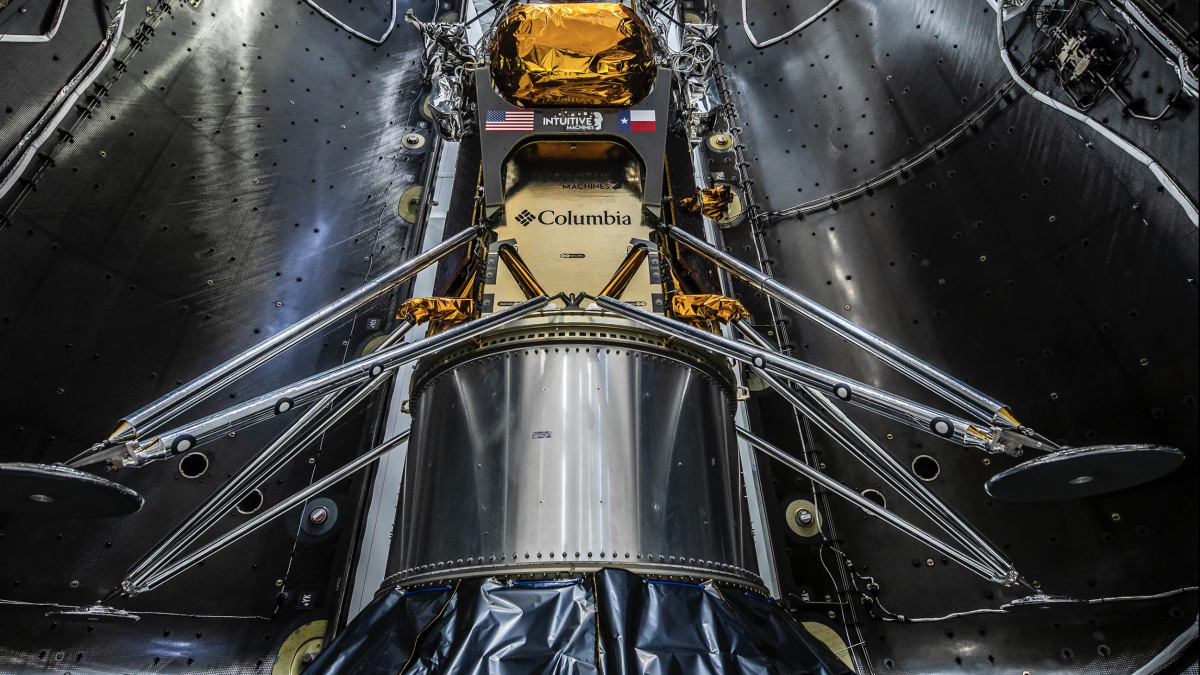Valentine's Day launch date set for ASU collaboration with IM-1 moon mission

IM-1 mission Nova-C class lunar lander. Image Credit: SpaceX
The IM-1 mission, the first U.S. vehicle planned to softly land on the moon since 1972, is one of three NASA task orders for scientific payload deliveries awarded to Intuitive Machines.
It is expected to launch no earlier than Feb. 14 on a SpaceX Falcon 9 rocket from Kennedy Space Center’s Pad 39A and will land about one week after the launch.
Arizona State University has played a critical role in scouting and site selection for the IM-1 mission landing at crater Malapert A near the south pole of the moon.
Images from the Lunar Reconnaissance Orbiter Camera, or LROC, provided vital information for landing and lighting conditions. LROC has been an active mission since it launched in June 2009 and is led by Principal Investigator Mark Robinson, a professor at ASU’s School of Earth and Space Exploration.
Launch coverage
NASA, SpaceX and Intuitive Machines will host a live launch stream available on NASA TV and the IM-1 landing page, NASA TV and spaceX.com. NASA’s coverage will also be available live via NASA’s smartphone apps.
Intuitive Machines will host a landing live stream on NASA TV and the IM-1 landing page.
Visit the Intuitive Machines page for updates on launch status.
More Science and technology

ASU postdoctoral researcher leads initiative to support graduate student mental health
Olivia Davis had firsthand experience with anxiety and OCD before she entered grad school. Then, during the pandemic and as a result of the growing pressures of the graduate school environment, she…

ASU graduate student researching interplay between family dynamics, ADHD
The symptoms of attention deficit hyperactivity disorder (ADHD) — which include daydreaming, making careless mistakes or taking risks, having a hard time resisting temptation, difficulty getting…

Will this antibiotic work? ASU scientists develop rapid bacterial tests
Bacteria multiply at an astonishing rate, sometimes doubling in number in under four minutes. Imagine a doctor faced with a patient showing severe signs of infection. As they sift through test…